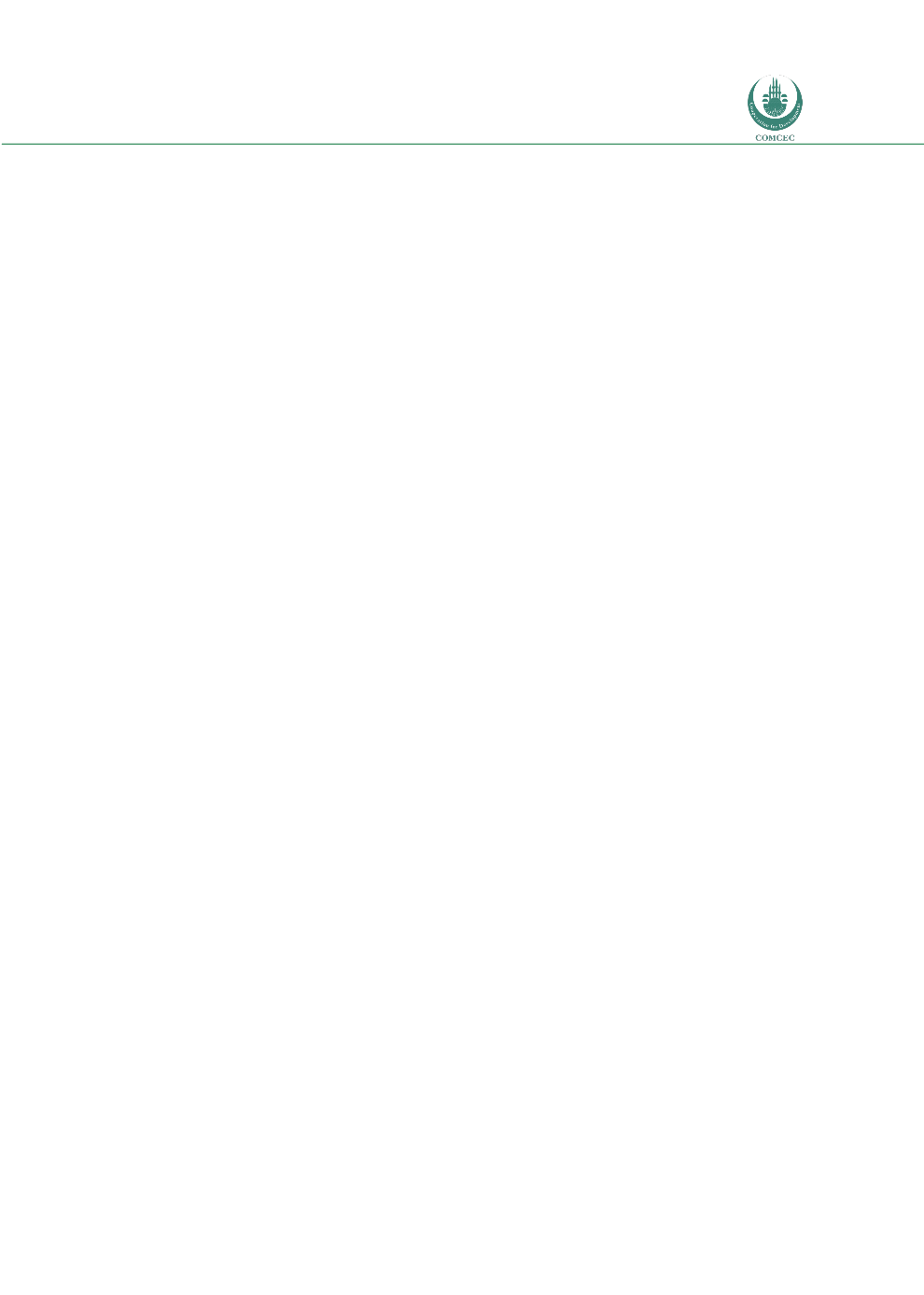

Risk Management in
Islamic Financial Instruments
171
A.2.5.2.2 Bailout
Eventually, outright default was prevented through the bailout by Abu Dhabi at the eleventh
hour, and all the sukuk holders were paid out accordingly (IMF (2010 )).
A.3. ISLAMIC BANKING FAILURE AND LESSONS LEARNED
A.3.1 Status of Islamic Banking
Islamic finance is one of the fastest growing segments of global financial industry. It is
estimated that the size of the Islamic banking industry at the global level was close to US$820
billion by the end of 2008 (Dridi and Hasan, 2010).
In some countries, it has become systemically important and, in many others, it is too big to be
ignored. Several factors have contributed to the strong growth of Islamic finance, including (i)
strong demand in many Islamic countries for Shariah-compliant products, (ii) progress in
strengthening the legal and regulatory framework for Islamic finance, (iii) growing demand
from conventional investors, including for diversification purposes, and (iv) the capacity of the
industry to develop a number of financial instruments that meet most of the needs of
corporate and individual investors.
A.3.2 Recent financial crisis: How the Islamic banks have performed?
Existing literature overtly suggests that Islamic banks have outperformed commercial banks in
Muslim countries during the financial crisis (see: Parashar and Jyothi Venkatesh(2010), Dridi
and Hasan (2010), Habib Ahmed (2010) and others).
Dridi and Hasan (2010) is one of the recent papers to analyze the performance of Islamic
banks and commercial banks. They use bank-level data covering 2005 to 2010 for about 120
IBs and CBs in eight countries, Bahrain, Jordan, Kuwait, Malaysia, Qatar, Saudi Arabia, Turkey,
and the UAE, to investigate (a) if Islamic banks performed differently, compared to
conventional banks, (b) the factors behind any difference, and (c) future challenges for Islamic
banks. Dridi and Hasan (2010) find that:
Islamic banks performed differently than commercial banks during the 2007 global
financial crisis.
Because of their business models, Islamic banks had limited exposure in the derivatives
products and were less connected globally and were less affected during the financial
crisis.
However, during the post-crisis period 2008-2009, the performance of Islamic banks was
not significantly different than the commercial banks. One important reason is that both
Islamic and commercial banks were affected by the common macro-economic factors and a
slow growth trend in the sample countries following the financial crisis.
In addition, the larger Islamic banks have performed better than the smaller ones, which
may be driven by better diversification, economies of scale, and stronger reputation.

















